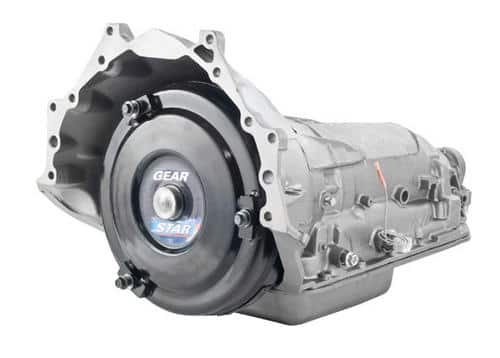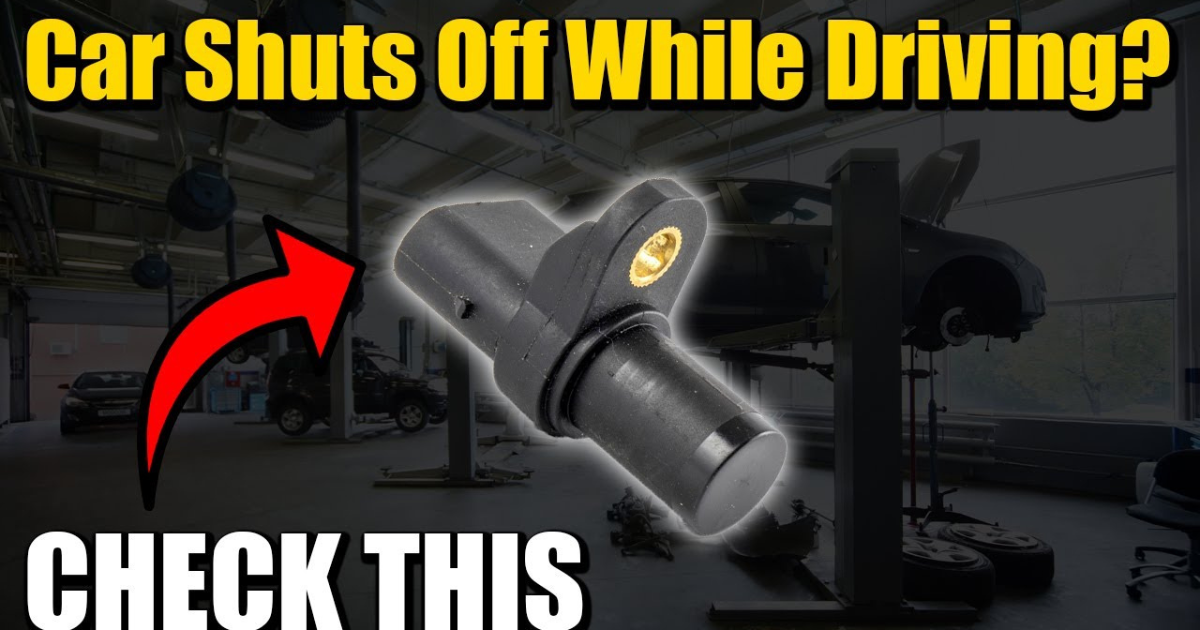In this article, we will delve into the details of the 200R4 transmission, a popular component of General Motors’ turbo hydramatic line. We will explore its features, benefits, common problems, and solutions, providing you with comprehensive knowledge about this transmission.
Overview of the 200R4 Transmission:

The 200R4 transmission is a 4-speed automatic transmission developed by General Motors. It was introduced as a successor to the TH200, with the aim of improving fuel economy. This transmission features a torque converter lock and durable input and output shafts to handle high vehicle torque. Housed in an aluminum casing, it has a fluid capacity of 11 quarts and dimensions of approximately 27 inches in length and 19 inches in width. The transmission operates on four gears with specific ratios.
Benefits and Compatibility:
The 200R4 transmission offers several advantages, including enhanced fuel economy and reduced engine wear. It is also a suitable replacement for its predecessor, the TH200, requiring minimal modifications. For those seeking increased power, the 200R4 serves as an excellent upgrade option. Moreover, it is affordable and readily available in the market.
Installation and Compatibility:
The 200R4 transmission shares many specifications with its predecessors, the TH200 and TH350. Therefore, it can easily be installed in vehicles previously equipped with these transmissions without extensive modifications. The bellhousing length and bolt pattern of the 200R4 and TH350 are the same, eliminating the need to shorten the driveshaft. However, some adjustments, such as changing the cross member and detent cable, may be necessary during the installation process.
Activating Torque Converter Lockup:
Since the 200R4 is a non-computerized transmission, an aftermarket lockup adapter or toggle switch lockup can be used to activate the torque converter lockup. This feature is essential during the conversion process from a three-speed transmission to a four-speed transmission. Failure to utilize lockups can lead to excessive torque converter slipping and potential transmission failure.
Comparison with Other Transmissions:
In 1990, the 200R4 was replaced by the 700R4, which later evolved into the 4L60 and 4L60E transmissions. While the 200R4 was succeeded by the 700R4, there are notable differences between the two. The 200R4 transmission pan has 16 bolts, whereas the 700R4 pan has a square shape. Additionally, the 200R4 transmission identification codes can be found on a plate attached to the casing near the tail shafts.
Identifying the 200R4 Transmission:
Distinguishing the 200R4 transmission from the TH350 can be done by examining the number of bolts. The 200R4 has 16 bolts, while the TH350 has 13 bolts. Performance drivers may prefer specific versions of the 200R4 transmission, such as those designed for the Oldsmobile 4-4-2, Buick Grand National, and Chevy Monte Carlo SS between 1986 and 1987. These versions feature unique components and can be identified by specific transmission codes.
Applications and Availability:
The GM 200R4 transmission was utilized in various vehicles, including Buick, Cadillac, Chevrolet, GMC, Jaguar, Oldsmobile, and Pontiac models. It was commonly found in GM’s B, C, D, and G body vehicles, thanks to its compatibility with Chevy and BOP bell housing bolt patterns. Whether you are looking for a used or rebuilt 200R4 transmission, you can find them in junkyards and through online listings.
Common Problems and Solutions:
While the 200R4 transmission offers impressive capabilities, it is not without its issues. One common problem is the transmission’s failure to engage gears, which can be caused by factors such as a broken linkage cable or an incorrect torque converter. Another issue is unresponsiveness during gear shifting, often attributed to fluid problems or malfunctioning shifter mechanisms. Additionally, transmission slippage may occur due to worn-out mechanical parts or valve issues. These problems can be addressed by ensuring proper fluid levels, replacing faulty components, and performing regular maintenance.





